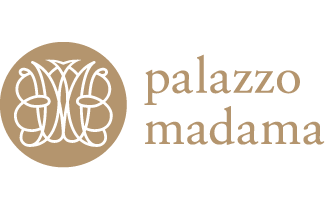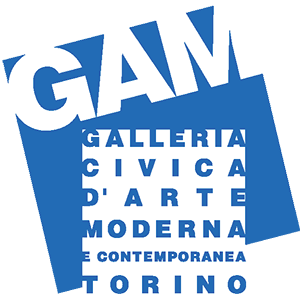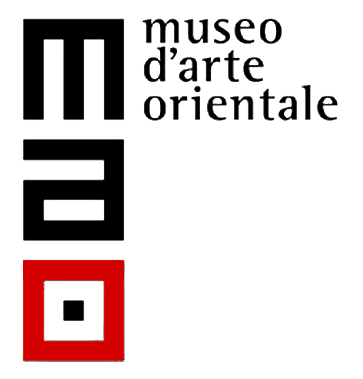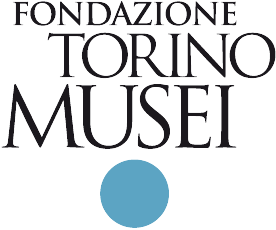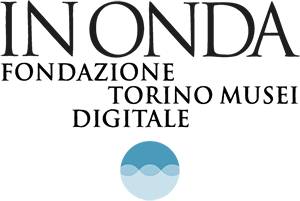Palazzo Madama is one of Italy’s most modernized museums as regards accessibility: in addition to workshops for day care centers and associations that support individuals with sensory and mental disabilities, over the years the Museum has also developed material that may be used and enjoyed independently by people with disabilities during their visit(in addition to tactile maps for orienting blind or visually impaired visitors, tactile drawings in relief and videos with subtitles and a translation in LIS Lingua Italiana dei Segni [Italian sign language] will allow everyone to enjoy the view from the Panoramic Tower and a selection of works from the Gothic and Renaissance collections, and to learn more about the Medieval Botanical Garden.
Useful information
The Museum does not offer parking: reserved parking spaces for the disabled can be found near the Museum.
Visitors can reach us using public transportation. The bus lines 15 and 13 have a lowered platform.
Admission to the Museum is free for the disabled and their chaperons. Ticket costs may vary during temporary exhibitions.
The main entrance to the Museum is accessible to the physically disabled. We also lend free wheelchairs.
The entrance doors can be pulled opened manually. Emergency exits are also available: on the ground floor the emergency exits are accessible to the physically disabled. The Museum also offers an elevator, with floor numbers in braille on all buttons, both inside and outside. On the ground floor, in order to climb up some steps and access the Sala Staffarda, a mobile lift is available.
Restrooms
Restrooms are located in the following areas of the palace and are reserved for visitors who have purchased Museum tickets:
- Ground floor, ticket office area: men’s restroom for the physically disabled
- Second floor, coffee shop: women’s restroom for the physically disabled
- Second floor, access from the Small Cloakroom
- Moat level / Garden: restroom for the physically disabled
All restrooms have a changing
table and stepping stools to facilitate access to washbasins
Social stories
Three documents can be downloaded and are useful to getting ready for your visit to Palazzo Madama, to the halls on the second floor, and to the Medieval Botanical Garden. These were made in collaboration with the Cooperativa Sociale Esserci in Turin.
To receive these documents in an open and modifiable format, write to: madamadidattica@fondazionetorinomusei.it
Tactile info
Tactile maps and drawings in relief of Palazzo Madama can be borrowed at the ticket office or downloaded online in Pdf format for Minolta printers.
On the ground floor, five paintings from the Gothic age to the Renaissance can be enjoyed through a kit located in a container at the entrance to the Sala Acaia: Giacomo Jaquerio, Antoine de Lonhy, Antonello da Messina, Defendente Ferrari, and Bronzino can be explored by the blind; those who are partially sighted can enjoy an up-close view of these works. The series also comes with a map of the room, which can be useful in finding your way around and the location of the works. The entries also come with video descriptions that can be downloaded online.
Each entry reproduces the work in color and in transparent relief: the printing techniques fine-tuned by Tactile Vision Onlus allows users to trace, thanks to a special transparent ink, some important elements of the image characterized by different levels in relief and different graphic patterns. The see-through details in resin do not interfere with interpreting the painting by all visitors.
On the back of each entry is a description of the work both in high-readability letters and in Braille: this, too, is made in transparent resin and therefore coexists with the description written in ink.
On the entry, on the lower part, users will find a QR code and an NFC (Near Field Communication) code that will allow those who have a smartphone with Internet connection to enjoy the descriptive text in the audio version and translation in visual language (LIS - Lingua italiana dei segni/Italian sign language).
Look at videos with the audio descriptions of the works.
Explore five masterpieces of Gothic and Renaissance painting through videos with audio descriptions, translation in LIS Italian sign language, and subtitles.
Medieval Botanical Garden
The different sections of the Garden satisfy the needs of all kinds of users (families with kids in strollers, individuals with visual and physical disabilities) with informational panels in a scientifically precise and understandable language in both Italian and English. In collaboration with Tactile Vision Onlus, an accessible and safe itinerary has been created in the Garden, with special attention to people who are visually impaired: the itinerary can be found along the platform and comes with maps in relief that allow users to find their way in the three sections of the garden: the Garden (hortus), the Forest and Fruit Orchard (viridarium), and the Prince’s Garden (iardinum domini).
An entire panel in relief is dedicated to the pallid swift who inhabits the Garden in the spring and summer months.
Panoramic tower
It can be reached in two different ways: take the Panoramic
Tower elevator (third floor: button 3) or take the Panoramic Tower spiral
staircase up to the top.
On the top floor of the Panoramic Tower (floor 3) the macrographs and tactile
maps will allow guests to enjoy the city uniquely, with its monuments and
surrounding landscape. At the level of each of the eight large windows of the
Tower, guests will find a panel with the photographic reproduction of the
visible portion: on each panel, buildings of interest and elements of the
landscape can be found, reproduced also in a relief drawing.
Through the QR and NFC codes, visitors can download videos with audio and
subtitles in LIS – Italian sign language.
From the Panoramic Tower at Palazzo Madama visitors can
admire the stunning view of the city and nature through images in relief, sound
descriptions, and LIS – Italian sign language.
If you own a smartphone, you can learn about and enjoy the surrounding
landscape thanks to a descriptive text in the audio version (voice Alessandra
Ruffino) and translated in LIS – Italian sign language (LIS interpreters
association) with a QR code and an NCF (Near Field Communication) code.
The panels found in the eight large windows of the Tower, thanks to a special
printing technique, present contents (both graphical and textual) that can be
accessed by everyone (the able-bodied, blind, partially sighted, poor sighted,
deaf, dyslexic, elderly, kids), integrating various levels of communication and
enjoyment (visual, tactile, auditory).
These panels, with texts in Braille and drawings in transparent relief ink (made
specifically and simplified to satisfy the needs of tactile reading), overlap
with visible drawings and texts. In this way, the visual and tactile
information join to be read in all ways by the partially sighted and the blind,
but also by the public at large, and constitute an example of a solution that
guarantees complete integration with all types of visitors.
This project was created by Palazzo Madama, Tactile Vision Onlus, and Fondazione
Fitzcarraldo.
Tactile guided tour - A sensitive matter
Matter, beyond its form, bears the imprint of its maker, of the hands and the tools used to shape it: therefore it is the means of communication that still today speaks to us and allows us to come into contact and relive that distant and fascinating world, made up of invention but also and especially experience, craftsmanship, and repeating models.
The activity proposes an approach to the collections and to the Palace through a variety of materials present along the itinerary: the large bricks of the Roman walls, the marble fragments of the ancient Basilica of San Salvatore in Turin, the warm inlaid walnut wood in the Staffarda choir, the gilded boiserie of the Madama Reale Apartments, and the smooth porcelains of Meissen are just some of the objects that allow visitors to experience works from different ages, from Roman times to the 1700s, and with styles that reference nature or are purely decorative.
Cost: free admission for disabled individuals with one
chaperone.
Guided tour (1h 30m): euro 25 (max 10 people, including chaperones).
Reservations required: +39 0114429629 (call Monday to
Friday, 9 am – 1 pm; 2 pm – 4 pm).
Maps and routes
Here
you can download the floor plans and in-depth information regarding itineraries
and the rooms at Palazzo Madama.
Palazzo Madama Maps
(pdf - 378.43 KB)Web
The design and realization of the Fondazione Torino Musei web sites followed the guidelines established by law no. 4, January 9, 2004, which determines regulations to favor access to computerized services on the part of the disabled.
In particular, indications regarding accessibility made available by the W3C have been followed.
